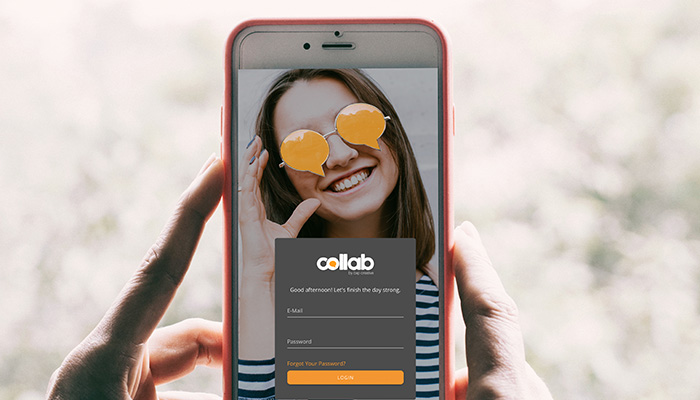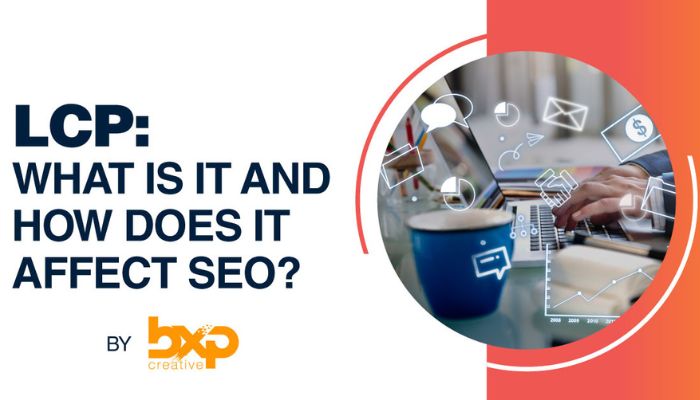Over the past decade, the expansion of websites has grown substantially. Today, websites are extremely advanced and feature many useful benefits. This is all made possible thanks to the developers who build these on the backend. The websites they create today are faster than ever and allow us to do things we never thought possible.
In this post, we’ll dive into the construction of these websites by explaining HTTP/1.1 and HTTP/2. We’ll talk about what they mean, their history, how they differ, and some of the benefits they provide.
What is HTTP?
HTTP is short for Hypertext Transfer Protocol. It is the process involved when a user types in a URL on the World Wide Web. After this URL is typed in, your browser will send an HTTP request to a server to gather the desired web page.
History of HTTP
The first version of HTTP was called HTTP 0.9, which was released in 1999 by Time Berners-Lee. This was done to provide communication between a server and a client. The next version, HTTP 1.0, was released in 1996, which introduced the first web browser. The next version, called HTTP 1.1, was released in 1997 and became the Internet Standard. This version provided many enhancements and included many improvements compared to previous versions. Released in February 2015, HTTP 2.0 included features that made web browsing faster than ever.
Keep reading to learn more about HTTP/1.1 and HTTP/2, including their key differences and the benefits of upgrading to HTTP/2.
Differences to Understand
Websites are built by a series of requests. Requests are sent to the server once the internet user asks for information (by typing in a URL and pressing “send”). Then a response is initiated by the server to provide the request (the web page associated with the requested URL).
Now let’s dive into how HTTP/1.1 and HTTP/2 differ in how they handle these requests and responses.
One-Lane Road vs. Highway
To better understand HTTP, we’re going to say that HTTP/1.1 is a one-lane road and that HTTP/2 is a major highway. For all the requests from the user—including images, words, and other content, we’ll say that these are cars. When there is a limited amount of roads to the destination, there may be a traffic jam. To break up the jam, you’ll either need to limit the number of cars on the road or use a highway with multiple lanes. HTTP/2 is that highway. Instead of single lanes (called TCP connections) used in HTTP/1.1, HTTP/2 creates a major highway that allows for many cars (or web page elements) to move quickly to the destination.
Reduce the Number of Cars
When hundreds of cars are trying to make it to their destination with only a few single-lane roads in their path, there will be traffic jams. This causes extremely slow drive times and a lot of frustration and confusion. One solution is to reduce the number of cars on the road (or requests to build the webpage). But these requests are needed to build out a webpage properly, and these requests are very large given the high level of content needed for websites today. So while limiting the requests can result in a faster site, the user may not get the engaging, interactive content they want.
Build a Highway
So how can a server deliver all of this amazing content without there being a traffic jam? They build a highway (or switch to HTTP/2). Instead of multiple one-lane roads trying to digest thousands of cars, a highway can get them to their destination in a fast, more efficient way. That is the same process that happens with HTTP/2. It includes only one TCP connection that can process and deliver content very quickly and very efficiently.
Benefits
Below you’ll find even more benefits of upgrading to HTTP/2:
Near-Universal Browser Support
According to Search Engine Land, over 67% of browsers worldwide support HTTP/2.
Best Practice
Given the much faster load times and many other advantages, HTTP/2 is known as the best practice in the industry.
Significant Performance Improvements
With HTTP/1.1, each transfer of information had to be processed one at a time. HTTP/2 allows for multiplexing, which processes multiple requests simultaneously—resulting in substantial page load improvements.
SEO Benefits
Google is all about page speed and they reward sites that improve their speed. They’re extremely focused on user experience, and faster page speeds are a huge step in the right direction. In addition, with mobile users increasing, one of the biggest SEO benefits of upgrading to HTTP/2 is that it will lead to faster load times on mobile devices—resulting in a better user experience.
Now that you understand how HTTP works, the differences between HTTP/1.1 and HTTP/2, and the benefits of upgrading, you can now take strides towards making your site a better experience for the user.




